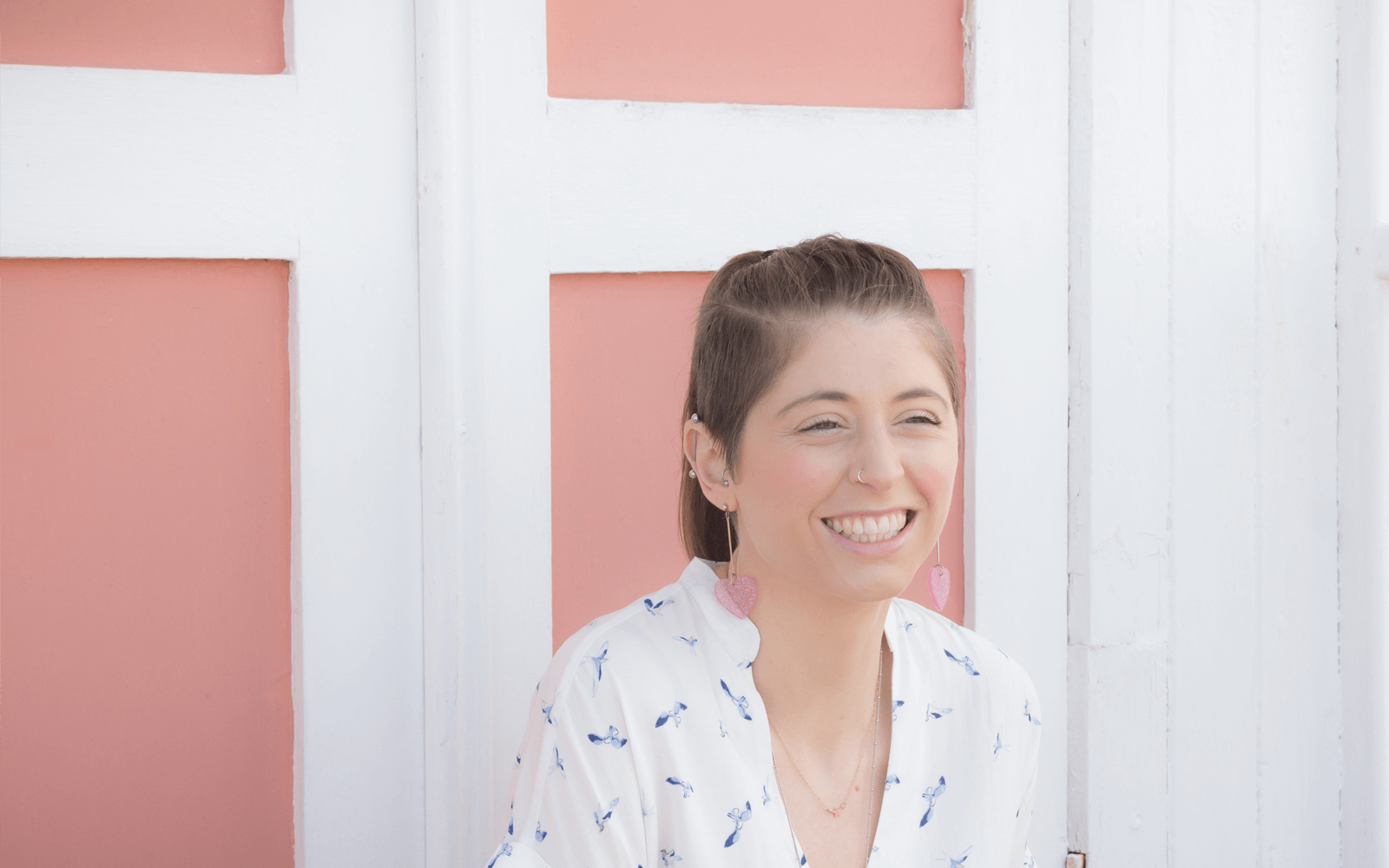Empathic art viewing
Like many empaths, I’ve always been creative. Since I was a kid, I just loved drawing, painting, crafting and making things out of toilet tubes and clay. I was drawn to the colour, the fun, the idea of creating something completely new and I felt deeply connected to the images I drew and the work I created. Everything I did had meaning.
With a love of art and a creative education, I’ve made a creative bucket list of places and artworks that I want to see all around the world – and I’ve been lucky enough to see so much already!
But as I get older, wiser and know myself better, I’ve come to realize that as much as I love viewing art, there is a downside. I find it so very draining.
As an empath, I deeply connect with the art I love. I feel drawn into it, submerged by it – I feel very intensely, a whole range of emotions as I stand there looking at the finished beauty and inspect the intricate techniques. Empaths have the ability to absorb the emotions of others around them. For sensitive empaths, we can extend this feeling to animals, objects, art, music and a number of creative outlets.
If you’re a sensitive empath like me, sometimes you might feel too exhausted to see all of the exhibition or museum that you came to visit. But don’t despair! I’ve put together some tips and boundaries on how you can appreciate art and the museum experience, without giving all of your emotional energy away.
How to enjoy art as a sensitive empath
1 – Stay hydrated
When you’re in an increased emotional or stimulating situation, it’s important to drink water and stay hydrated. This will keep your glands down and keep those pesky pressure headaches away whilst you’re walking around the museum. Bring a reusable bottle of water with you and take small sips as you go around.
2 – Bring snacks
If you feel an intense energetic exchange when you’re viewing art, you’ll need to refuel. Bring some light, healthy snacks to pop in your bag or pocket and dip in when you need a slight energy boost. Brown rice crackers, nuts or a bit of dark chocolate could be just enough to make it around the exhibit without collapsing!
3 – Take a seat
Most art exhibitions these days have comfy seats where you can view the larger masterpieces. If not, there’s bound to be an audio-visual display somewhere with seats or sometimes even bean bags. Make the most of the opportunity and take a seat for a few minutes to re-energize – even if you’re not interested in the art itself!
4 – Take your time
Some exhibits can be pretty crowded, loud and a bit stressful. But don’t bow down to the pressure. Take your time, view the art as it was intended to be viewed – with love, time, respect and compassion. With an open mind and a slower pace, you might get to know a few new artists and start to understand the meaning of their work. Do what you need to do for you.
5 – Breathe in the art you love
If you are particularly drawn to a piece and you get intense “feelings” whilst viewing it – notice that and take a few deep breaths. Breath right down into your belly, hold it for a second, and gently breathe out through your mouth. This can be done really subtly as you’re looking at the work. This will help keep your body calm, so you can enjoy viewing the piece and feeling drawn into it.
6 – Mindful moments
Most people see an exhibition and whizz around taking selfies. If you’re an art lover – there’s absolutely nothing wrong with taking a few flashless pics (if the gallery allows), but I find it’s much more rewarding to look a little closer. When you view a painting, sketch, sculpture or installation close up, you see so much more than you think. With an open mind, really hone into small areas of the work. Can you see the direction of the brushstrokes the artist was using? Is there any traces of fingerprints or the tools used to create the sculpture or installation? How much pressure was applied to the pencil or charcoal in that drawing? The results will be fascinating, the process of the artist will make more sense and spending a few mindful moments with the art will also give the work (and artist) the time and respect that, I think, is very much due.
7 – Treat yourself
Some museums and exhibitions are just massive! With lots of walking, lots of viewing and reading – it’s no wonder that sensitive empaths get extremely exhausted afterward! Once you’ve gone through the exhibition, it’s time to recoup before you head off home. Why not treat yourself to an afternoon tea at the gallery cafe? Or if the weather’s nice, head out to the nearest park and lay in the sun and debrief about your favourite pieces and why. You’ll feel much better afterward and can carry on with your day instead of feeling that you need a nap!
*Bonus Tip*
Ask if the gallery has an exhibition brochure or a large print version of the artwork captions. Then you can read the captions from anywhere in the gallery, which means you can manage your personal space, especially if the gallery gets crowded with enthusiastic art lovers!
Preparing and honouring your boundaries and emotions are really important so you can not only enjoy doing the things you love but can also protect yourself against negative emotions. As sensitive empaths, we absorb positive and negative emotions – often without realizing. But if you arm yourself with a toolkit of tips and tools, you can do the things you love and help restore your energy quickly as well.
With love,
Heather xo



